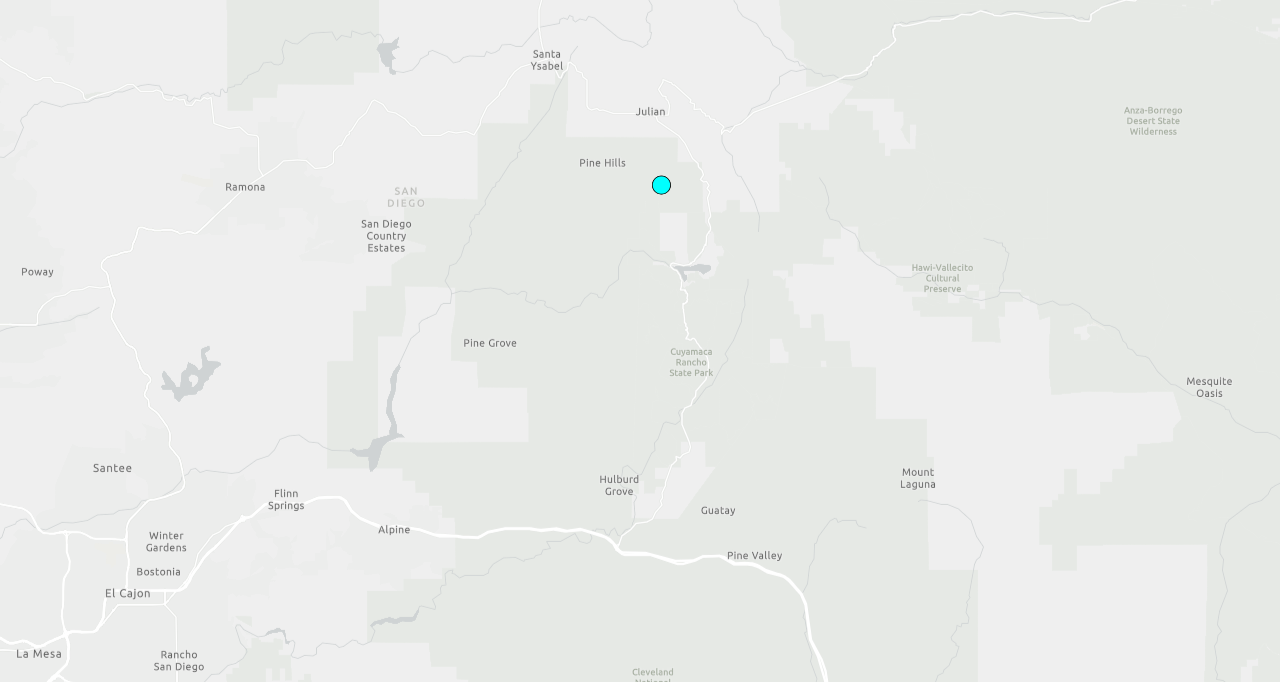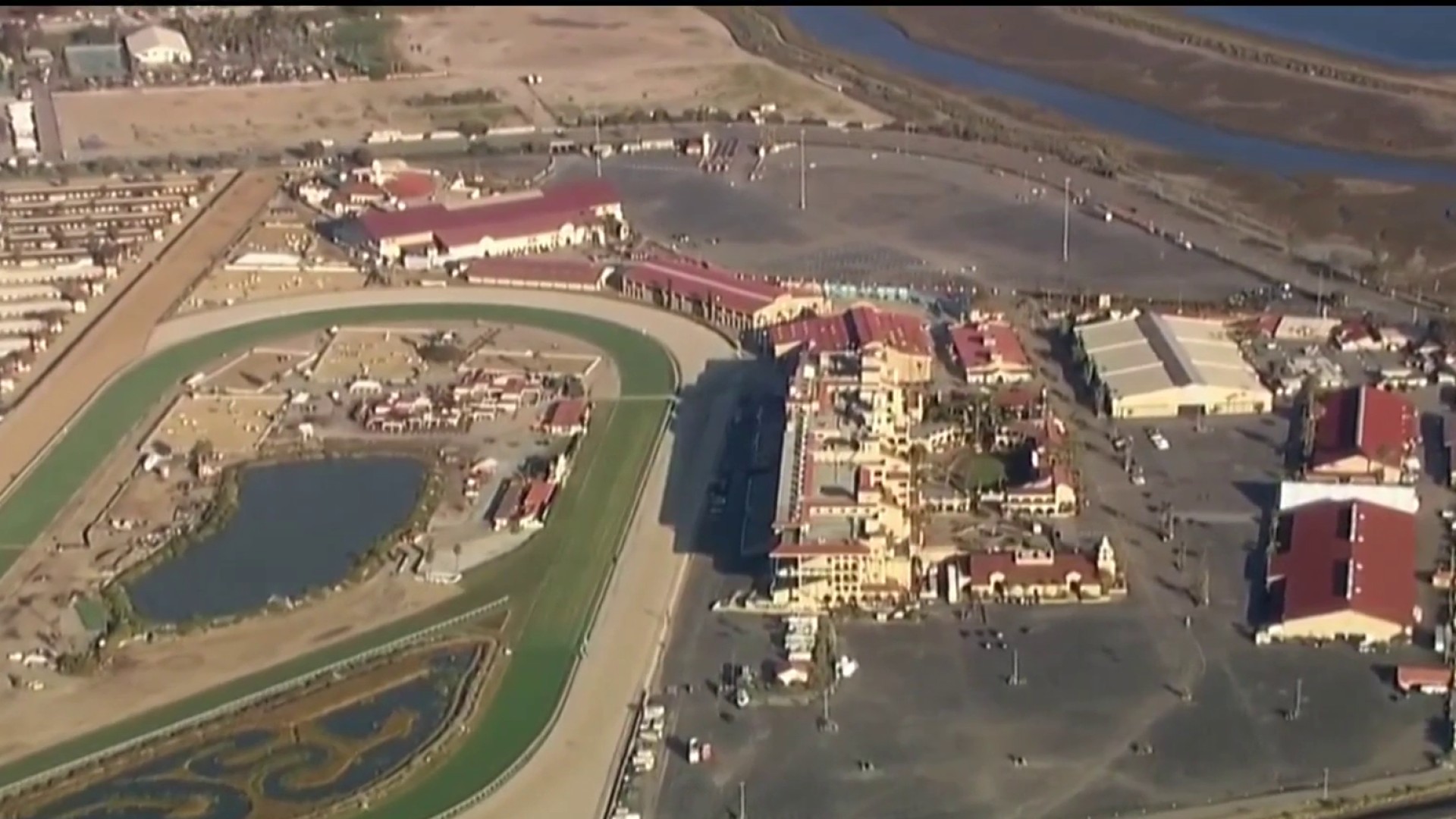The lights were seen in City Heights and Liberty Station Monday night, according to locals.
Mysterious lights, possibly a “fireball,” were seen streaking across the sky in San Diego Monday night, according to several NBC 7 viewers.
One resident reported spotting the lights between 9:35 p.m. to 9:37 p.m. in the sky over the 3300 block of El Cajon Boulevard in City Heights.
An NBC 7 viewer – who spotted the mystery lights above and around the San Diego International Airport and Liberty Station – described the sight as a “strange aircraft with lights on bottom.”
San Diegan Ruben Quintana spotted the lights from Eastlake Monday night and said they appeared to be traveling west.

He told NBC 7 the stream of light “began as a single blur then expanded into a straight line” before vanishing.
“It repeated a few times,” he added. “I’m not sure where it was over.”
According to NASA, the Perseids meteors are seen in the skies every year in August “when the Earth ventures through trails of debris left behind by an ancient comet.”
Local
This year, NASA’s website says the Earth “may be in for a closer encounter with the comet trails,” resulting in more sightings. NASA says Perseid meteors travel at a speed of 132,000 mph.
“At that speed, even a smidgen of dust makes a vivid streak of light when it collides with Earth’s atmosphere,” the NASA website says.
Most Perseids burn 50 miles above the Earth. NASA says peak meteor temperatures can reach between 3,000 and 10,000 degrees Fahrenheit as they speed across the sky. The peak time to spot the Perseids this month, according to NASA, was Aug. 12 and Aug. 13 between midnight and dawn.
NBC 7 reached out to Palomar Observatory for comment Tuesday morning.
Steve Flanders, public affairs coordinator at Palomar Observatory, said that, predictably, the Earth plows through the trails of debris from a comet on or around Aug. 12 every year.
He said it's not at all unusual to see leftover activity in the sky for a few days before or after the Perseids peak. Flanders also said occassional, random meteors fall all the time, which may not be associated with specific meteor showers.
However, after reviewing the footage of the mysterious lights obtained by NBC 7, Flanders told NBC 7 he does not believe the lights were the result of a Perseid or other meteor.
"A meteor will move across the sky far more quickly than in this case," Flanders said.
He said that while the video is interesting, it is difficult to determine – from the footage – how far the lights were above the horizon.
Flanders said it is possible that the lights were associated with some sort of military rocket launch.
"The tail looks like the flames that escape from a rocket engine during ascent," he said.
NBC 7 reached out to the U.S. Navy to check on any possible test launches that may have coincided with the timing of the sightings.
Brian O'Rourke, Media Relations Officer for Navy Region Southwest, told NBC 7 the Navy did not operate any launchings locally that would have caused the lights.
John Young, of the Reuben H. Fleet Science Center in Balboa Park, suspects the lights were produced by some sort of space debris, not part of the Perseids.
Young said Perseids typically result in quick bursts of light in the sky but judging by the video, this activity was not like that.
Young said these light appeared large, moved slowly and got brighter and darker as it entered the atmosphere, leading him to think it was produced by man-made space debris.
Did you spot the lights somewhere in San Diego? Share your details in the comments section below.



